Can Community Investment Reduce Crime?
An objective, science-based review of available literature on community investment as a crime-reduction strategy.
August 12, 2020 | Frank Mastrobuono

The media has been full of recent stories highlighting citizen groups calling for cities to “defund the police.” In most cases, activists are not calling to eliminate police departments entirely, but rather to re-route a portion of funding previously allocated to policing to other forms of community investment that would hopefully drive down crime rates.
Urban foresters have been examining the relationship between urban vegetation and crime rates and advocating for greater community investment for decades–so is there peer-reviewed research to provide evidence that investing in the greening of underserved communities is an effective strategy to reduce crime?
A very recent review of the available literature conducted by the author found the majority of evidence to suggest that a greater prevalence of vegetation in outdoor spaces does lead to reductions in crime rates, with two exceptions:
- Unmaintained and overgrown vacant lots
- Undergrowth dense enough to be capable of providing concealment
Attracting People Outdoors
It has long been generally theorized and practiced that removing vegetation in the urban environment would reduce crime because it provides less opportunity for criminals to conceal themselves. Laws from 13th century England required landowners to clear their land around highways to provide that “no covers for malefactors shall be allowed.” This law went so far as to state that landowners failing to do so “will be answerable for robberies committed in consequence of their default, and in case of murder they will be in the king’s mercy.”
In the modern-day, there is certainly evidence to suggest that dense undergrowth provides greater opportunity for criminals to conceal themselves and their crimes, and should be avoided in the planning and maintenance of public spaces. However, substantial scientific evidence also provides an account that “well-designed green space might actually decrease crime by attracting people to spend time outdoors.”
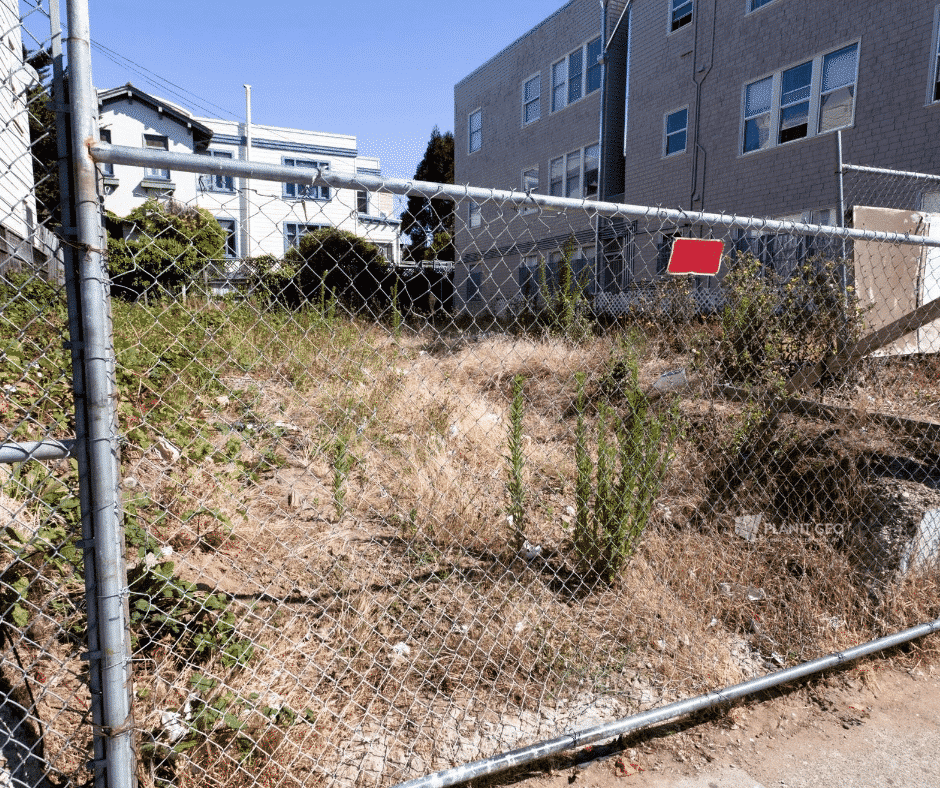

Urban Vegetation and Crime
A more recent study conducted in the City of Portland, Oregon in 2010 confirmed both aforementioned insights into the relationship between urban vegetation and crime. Although those observations may at face value seem contradictory, this study provides a higher degree of clarification: numerous “smaller, view-obstructing trees are associated with increased crime, whereas larger trees are associated with reduced crime.”
Other studies even suggest that more cared for public and private spaces send a subconscious message to criminals that their behaviors are more likely to be observed given, “the presence of social capital and the active involvement of neighbors in community spaces.”
In other words, green spaces draw more citizens to spend greater time in public places outdoors. More people outside means more opportunity for ordinary citizens to observe crime, and therefore less opportunity to conceal crime. Furthermore, such common spaces provide neighbors a place to spend more time getting to know each other by increasing the frequency of interactions with each other. In this case, a higher degree of social activity creates stronger community networks, which further decreases the opportunity for crime.
Aside from articles that theorize about the nature of the relationship between urban vegetation and crime, some provide observations of a stark reduction in crime rates where high tree canopy cover is present that is not dense or concealing in the understory:
- A 2012 study published in the Landscape and Urban Planning journal found that in Baltimore, a 10% increase in tree canopy was associated with a 12% reduction in crime. This reduction in crime rate was 40% greater for public lands than private lands. There was, however, one exception: unmaintained and overgrown vacant lots increased the likelihood of crimes to occur in the vicinity.
- A 2001 study in Chicago of 98 public housing apartment buildings found that properties with greater amounts of vegetation had 52% fewer crimes reported, with 48% fewer property crimes and 56% fewer violent crimes.
- Another 2001 study in Chicago found that public housing residents with trees and other natural landscapes nearby reported 25% fewer incidents of domestic violence.
- The University of Washington has a very comprehensive review of almost 90 different peer-reviewed articles on the correlation between urban vegetation and crime rates published on their urban forestry/urban greening research page.
2001 study in Chicago found that public housing residents with trees and other natural landscapes nearby reported 25% fewer incidents of domestic violence.
Input From Locals is Crucial
So is there evidence to suggest that investing in greening community spaces would indeed drive down crime rates? If it is done in a fashion to minimize the opportunity for concealment, absolutely. However, there may be other caveats that pose a challenge to that investment.
A 2014 report published by the University of Vermont exposed that in Detroit, where a non-profit had undertaken one such tree planting initiative, they were met with resistance: one-quarter of the 7,500 residents they approached declined the offer to have trees planted in front of their residence for free. The reason? Not a dislike of trees, but a distrust of government. Some residents even cited how the removal of vegetation after the 1967 race rebellion encouraged surveillance that had a disproportionate impact on communities of ethnic minorities. City managers pointed out many trees being removed during that time period were a result of the impact of Dutch Elm disease, but the researcher observed a clear division in what she called the “heritage narratives” of the two groups of residents. These narratives represent how Detroit’s residents “have historically interpreted their lived experiences in the City.” They also provide the context in which residents make decisions about participating in community investment programs.
In another report on The State of Diversity in Environmental Organizations, University of Michigan environmental sociologist Dorceta E. Taylor cautions against a perceived “arrogance” imparted to brown and black communities when predominately white charitable groups “presume to know what’s best for a community without engaging community members in decision-making or action plans.” Her report parallels the distrust reported by residents in Detroit and suggests the need to better incorporate input from local leaders and stakeholders in an effort to improve the quality of life in historically underserved neighborhoods.
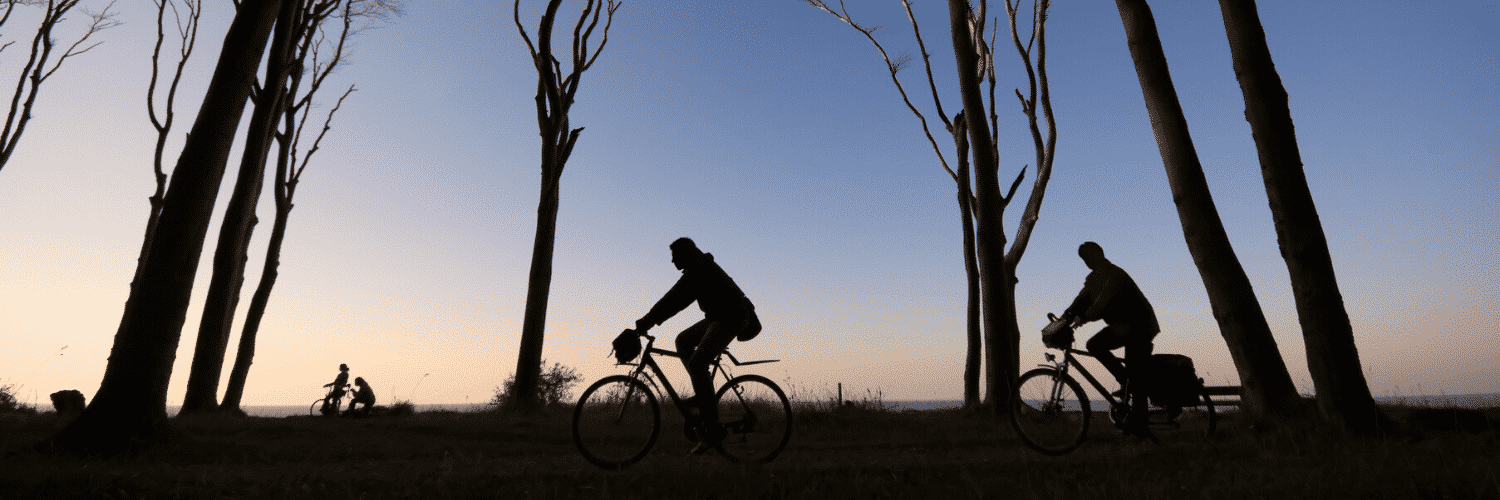
There can be a perceived “arrogance” imparted to brown and black communities when predominately white charitable groups “presume to know what’s best for a community without engaging community members in decision-making or action plans.”
– Dorceta E. Taylor
Community Investment to Drive Down Crime Rates
Ample peer-reviewed evidence does indeed suggest that investing in community greening is an effective strategy to reduce crime rates, so long as dense and concealing understory vegetation is avoided. Recent sociological research highlights the importance of acknowledging differing heritage narratives by incorporating input from local community leaders to enable the buy-in of residents.
Urban foresters and activists advocating for greater community investment to drive down crime rates have an increasingly convincing body of research to support their cause. So long as design and maintenance of public green spaces avoids concealing understory vegetation, ample evidence exists to infer that revegetation projects in barren urban areas do indeed drive down crime rates. More recent research suggests that urban foresters would benefit from seeking out local leaders that share the heritage narrative of community members in project areas. Managers should focus on developing trust with these groups over education on tree benefits, as research suggests resistance to tree planting efforts stems from distrust in government.
Grow Your Greenspace
As a holistic urban forestry firm, we are here to help you at every stage of your urban forestry journey. We would love to connect and support your effort to invest in community greening.
Related Resources
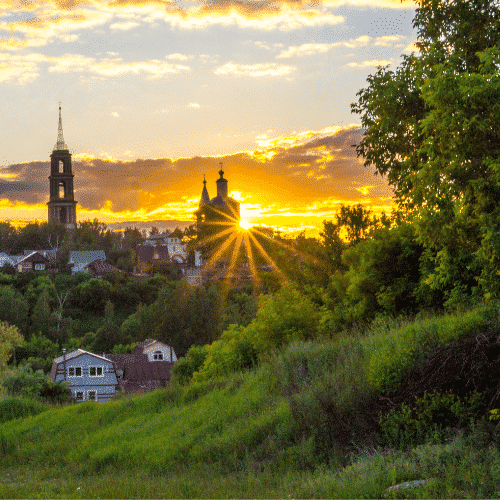
How To Set Effective, Evidence-Based Urban Tree Canopy Goals
Urban tree canopy goals must walk a careful line of ambition, inspiration, and practicality. To encourage well-informed canopy cover goals we have assembled some best practices to help communities find the right target for them.
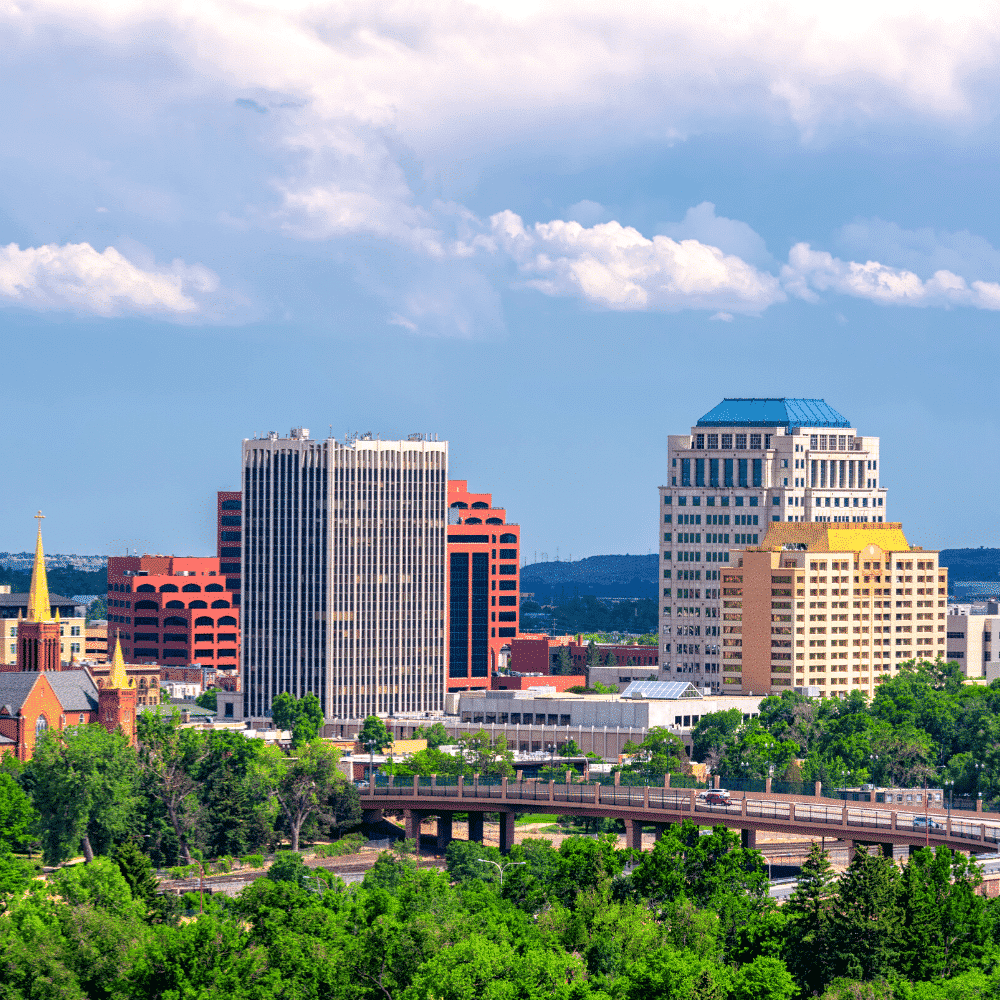
Growing a Sustainable Urban Forest in Colorado Springs
Learn how one city is putting PlanIT Geo™ services to work to understand the past, present, and future of their community’s trees.
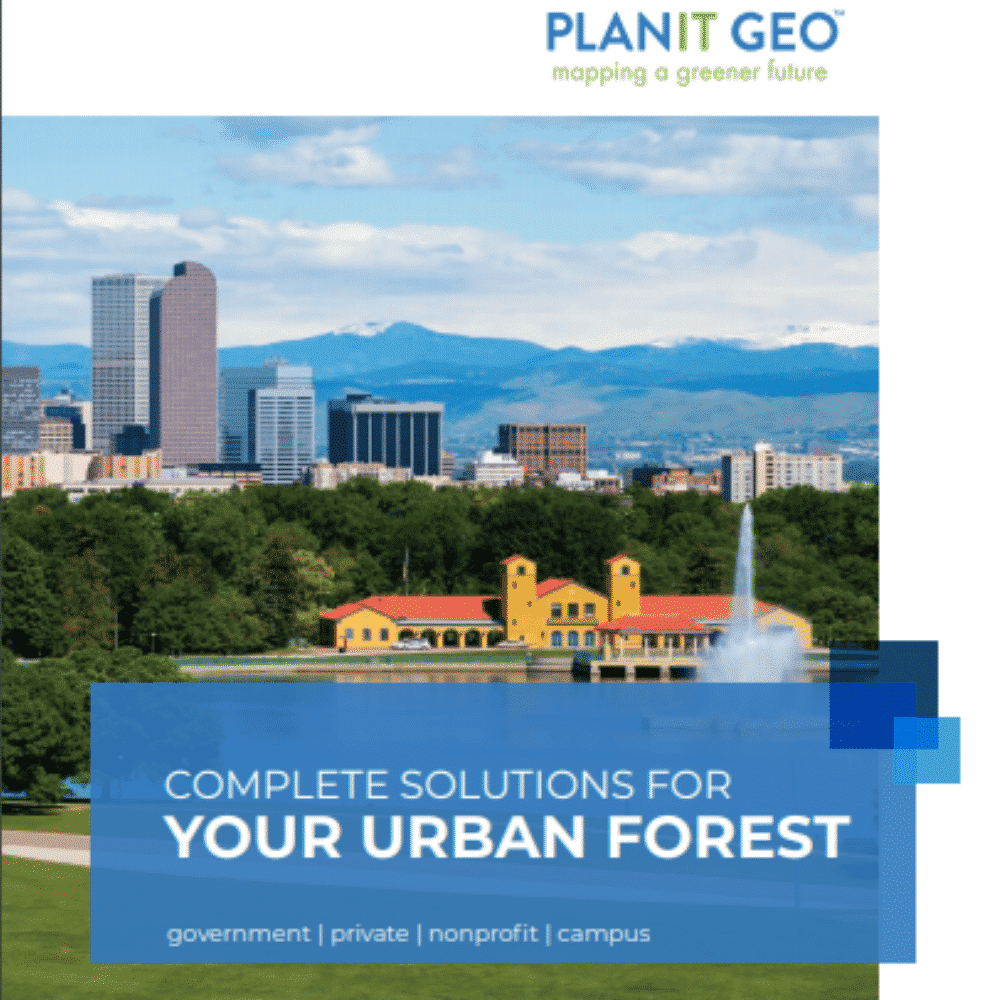
PlanIT Geo™ Brochure
Get to know PlanIT Geo™, our holistic urban forestry solutions, and industry-leading TreePlotter™ urban forestry software.
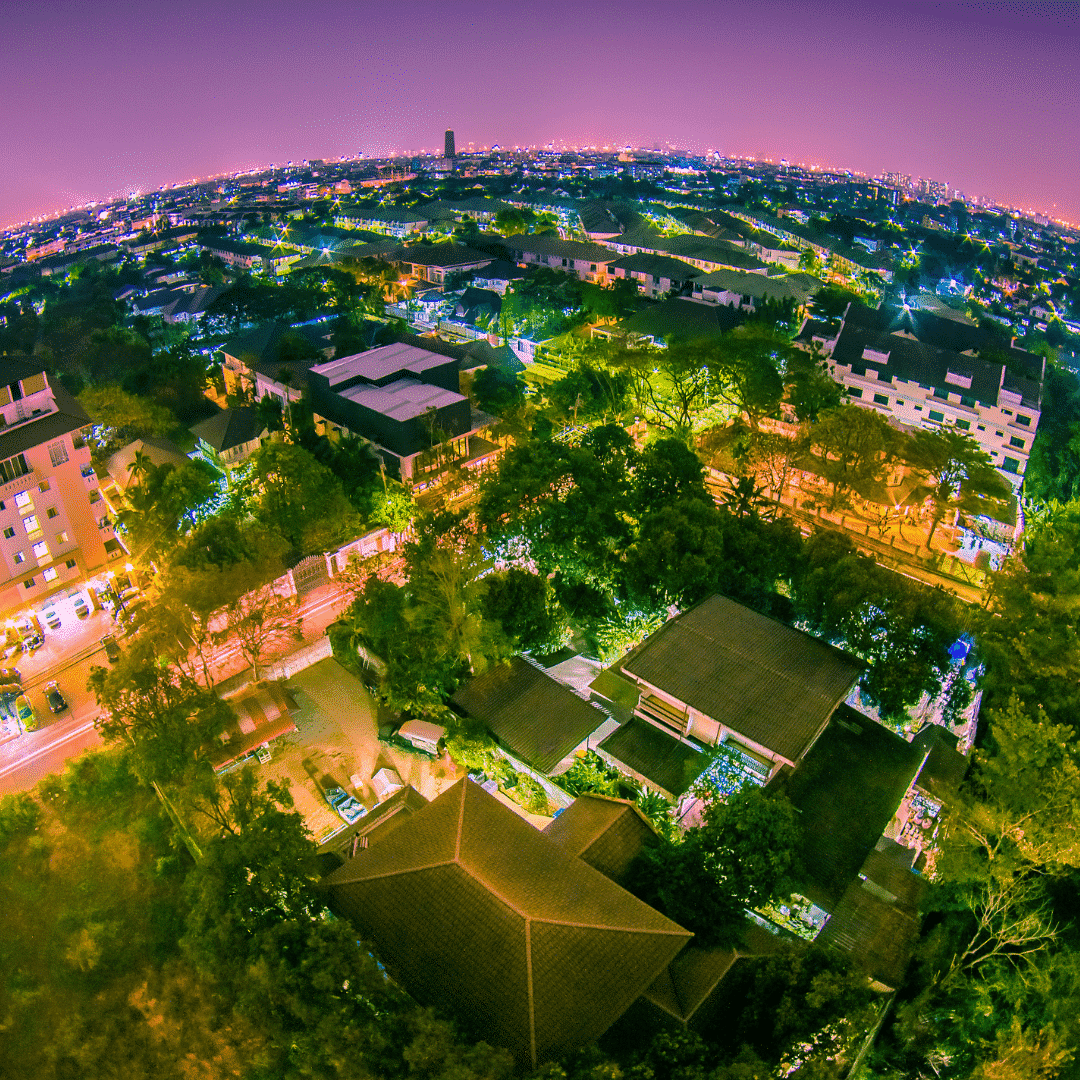
How to Leverage Your Tree Canopy Data
Tree canopy assessments provide detailed data to perform a variety of next steps. In this on-demand webinar, you will hear from past clients how they leveraged their tree canopy data.
Stay Up To Date With The Latest News and Events
Join Our Community
Stay informed on the urban forestry industry with our monthly TREEbune newsletter, live webinars, and industry-specific content delivered to your inbox.
Urban Forestry Webinars
PlanIT Geo has a substantial on-demand webinar library. Get CEU credits, grow your knowledge base, and stay current on cutting edge industry technology.
Follow Us
We love to share industry-related news, software tutorials, blogs, and company news across our social channels.
Stay Up To Date With The Latest News and Events
Join Our Newsletter
Stay informed on the urban forestry industry with our monthly TREEbune newsletter, live webinars, and industry-specific content delivered to your inbox.
Urban Forestry Webinars
PlanIT Geo has a substantial on-demand webinar library. Get CEU credits, grow your knowledge base, and stay current on cutting edge industry technology.
Follow Us
We love to share industry-related news, software tutorials, blogs, and company news across our social channels.
